In the world of movies, some do more than just tell a story; they take us on a breathtaking visual journey that stays with us long after the credits roll. Imagine stepping into a painting where every scene, every color, and every frame is a masterpiece, making you feel like you’re dreaming with your eyes wide open. These special films are like magic windows into new worlds, full of beauty, imagination, and wonder. They show us what it means to create art that moves, speaks, and touches the heart.
Inception (2010)
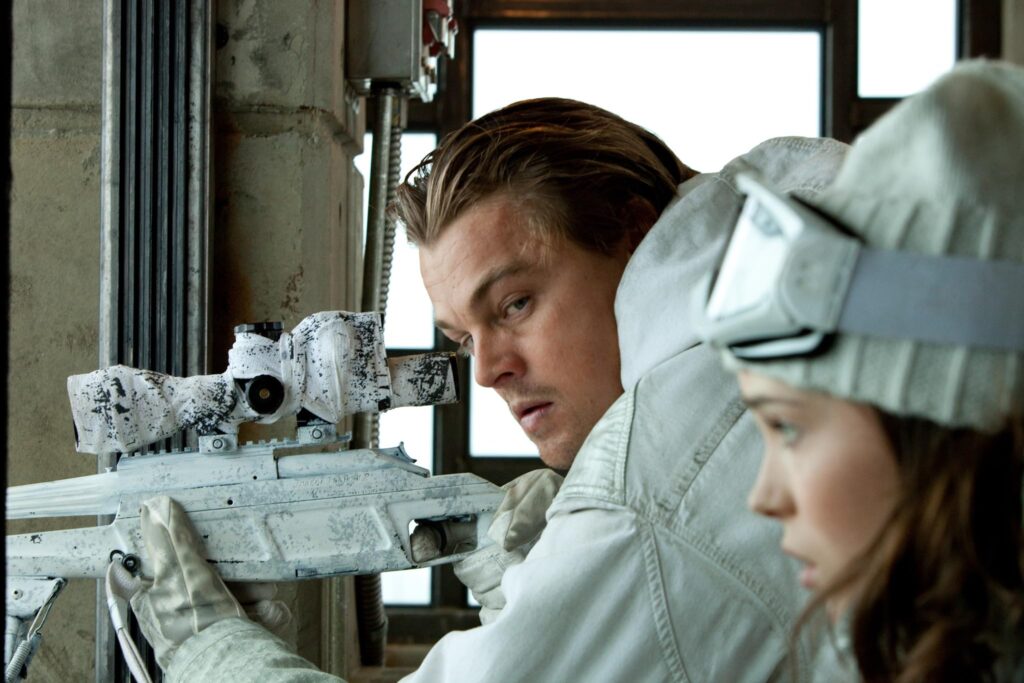
Directed by Christopher Nolan, “Inception” is a visually stunning masterpiece that explores the complexities of the human mind through dreamscapes. Its groundbreaking visual effects, particularly the folding city scene, showcase an unparalleled level of creativity and technical prowess. The film’s ability to visually represent intricate concepts of dreams within dreams is not only a narrative triumph but a visual spectacle, blending the lines between imagination and reality in a way that had never been seen before.
King Kong (2005)
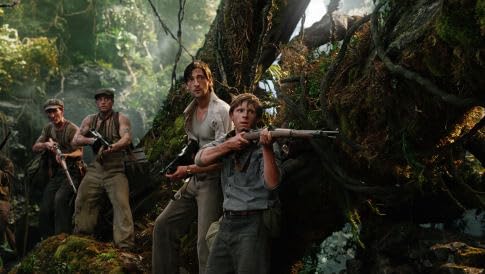
Peter Jackson’s “King Kong” brings the iconic story of a giant ape to life with its breathtaking visual effects and emotive creature design. The film’s depiction of 1930s New York City, along with the mysterious Skull Island, is a testament to the incredible artistry of the production team. King Kong himself is a marvel of motion capture technology, blending seamlessly with live-action elements to create a character that is both fearsome and sympathetic, showcasing the film’s visual and emotional depth.
The Grand Budapest Hotel (2014)
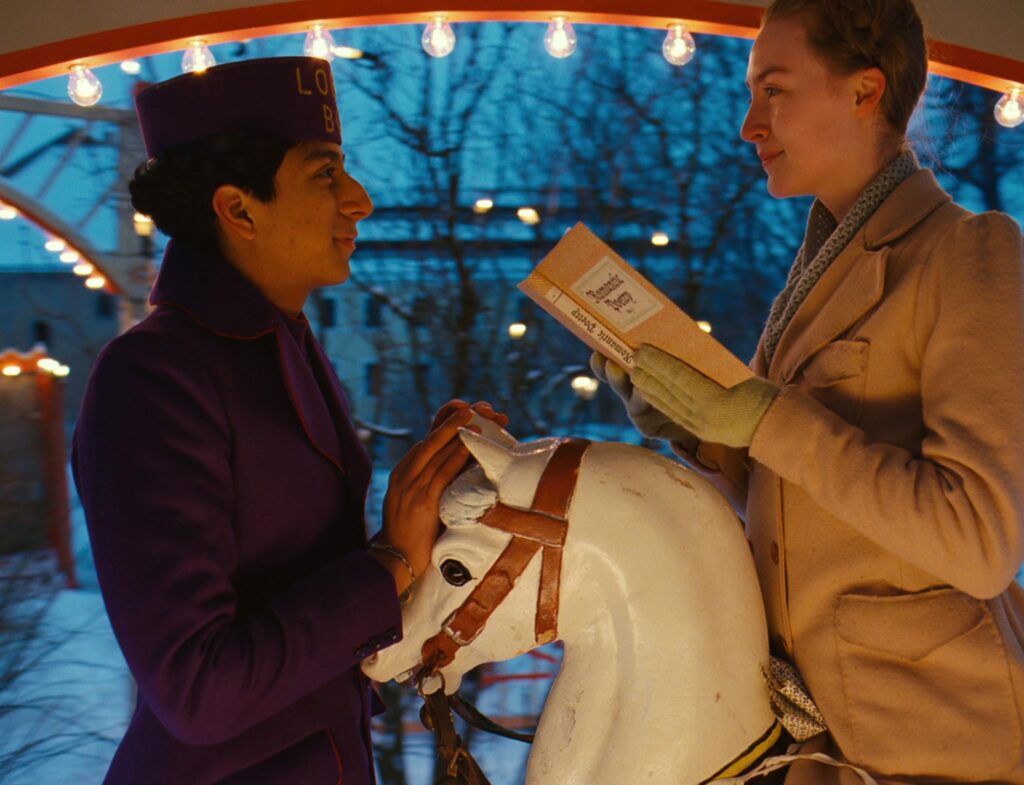
Wes Anderson’s “The Grand Budapest Hotel” is a visual feast, celebrated for its distinctive use of color, symmetry, and meticulous set design. Anderson’s unique aesthetic, characterized by pastel color palettes and precise composition, creates a whimsical yet detailed world that’s instantly recognizable. The film’s story is enhanced by its visual style, which pays homage to a bygone era of European elegance, making every frame a meticulously crafted piece of art.
The Avengers (2012)
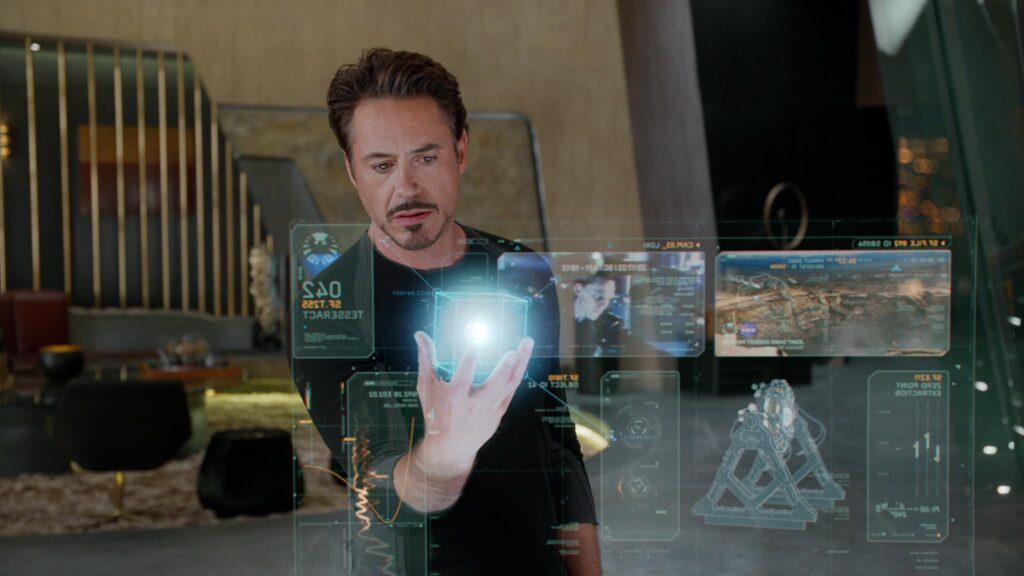
“The Avengers” is a landmark in the superhero genre, known for its spectacular visual effects and dynamic action sequences. The film’s ability to bring together characters from multiple franchises into a cohesive and visually thrilling narrative set a new standard for cinematic universes. Its epic battles, particularly the showdown in New York City, are a masterclass in visual effects, showcasing the heroes’ powers vibrantly and excitingly capturing the essence of the comic books.
Avatar (2009)
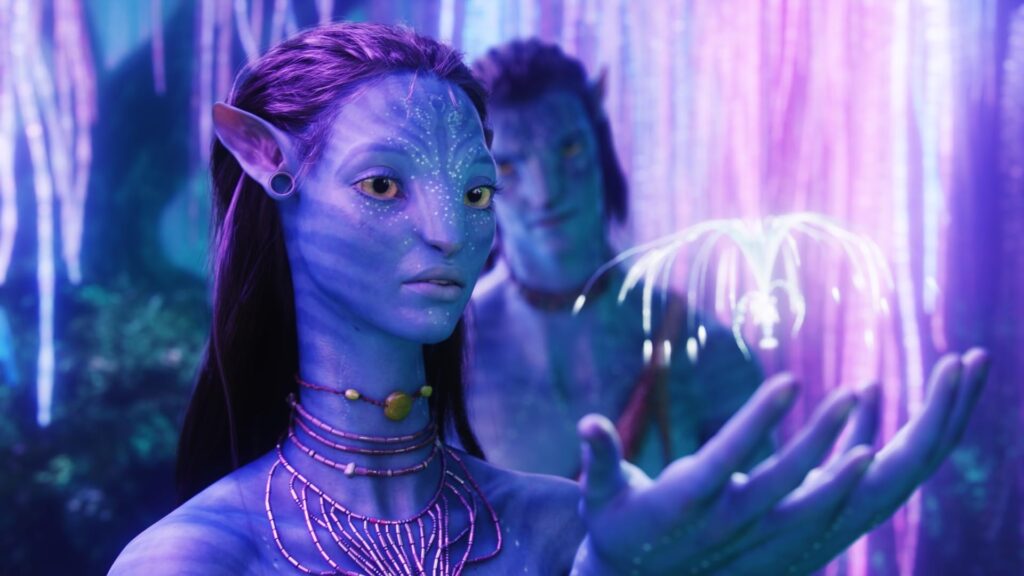
James Cameron’s “Avatar” is a groundbreaking film in terms of visual innovation. Its lush, alien world of Pandora is rendered with breathtaking detail, utilizing pioneering motion capture technology to create a vivid and immersive 3D experience. The film’s visual effects were revolutionary, offering audiences an unparalleled sense of depth and realism that transformed the landscape of cinematic visual effects, making it a visual masterpiece that pushed the boundaries of what was possible on screen.
Pan’s Labyrinth (2006)
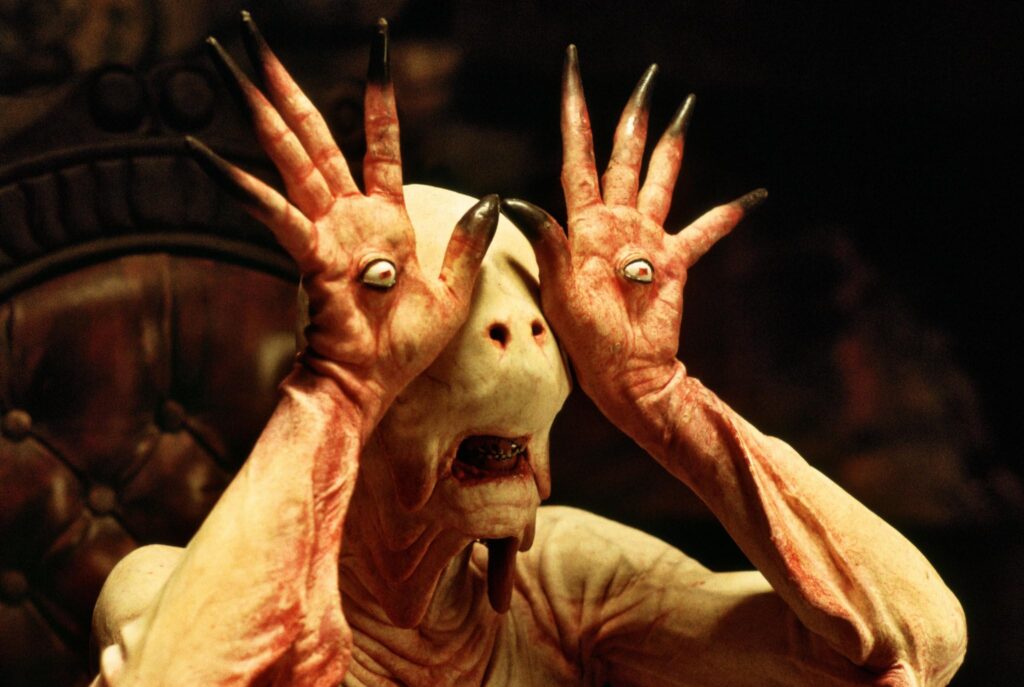
Guillermo del Toro’s “Pan’s Labyrinth” is a visually captivating fairy tale set against the backdrop of post-Civil War Spain. The film combines dark fantasy elements with harsh historical realities, creating a visually rich narrative that is both beautiful and haunting. The imaginative creature design and the intricate set pieces transport the audience to a world where fantasy and reality blur, showcasing del Toro’s unique vision and the film’s artistry in visual storytelling.
Blade Runner 2049 (2017)
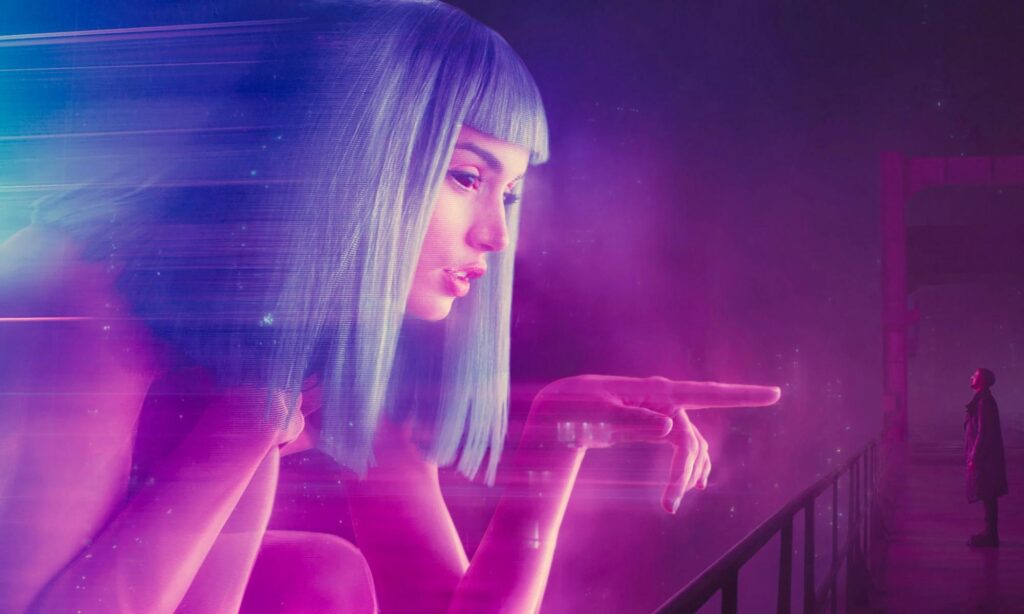
Denis Villeneuve’s “Blade Runner 2049” builds upon the visual legacy of its predecessor, presenting a dystopian future with stunning visual depth. The film’s meticulous production design, combined with Roger Deakins’ breathtaking cinematography, creates a visually immersive world that explores themes of identity, memory, and humanity. Its use of light, color, and composition creates a series of mesmerizing images that not only pay homage to the original “Blade Runner” but also stand as a testament to the power of visual storytelling.
2012 (2009)
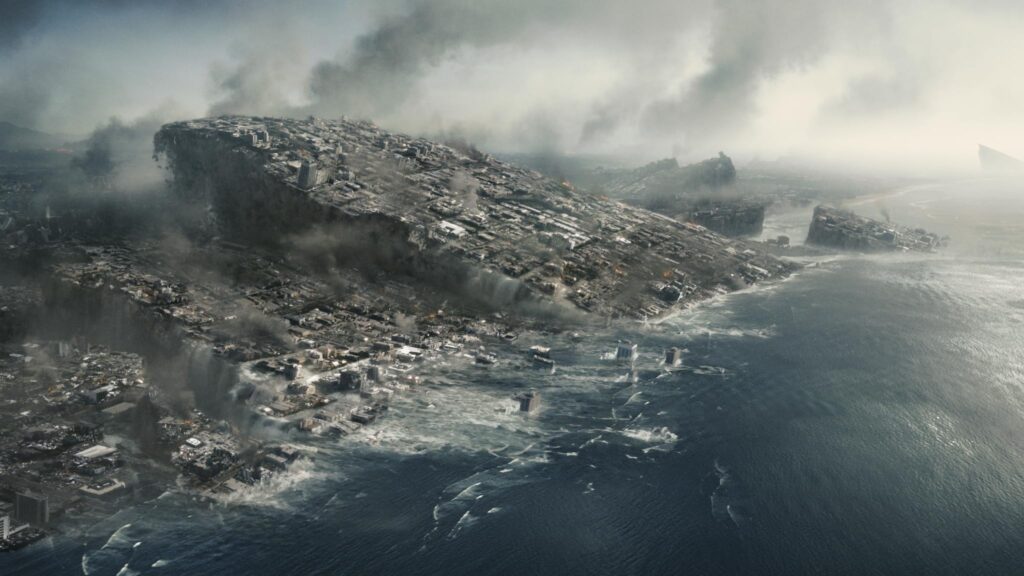
Roland Emmerich’s disaster epic “2012” is known for its spectacular visual effects that depict the end of the world with dramatic flair. The film’s sequences of global devastation, from earthquakes and tsunamis to volcanic eruptions, are executed with a level of detail and realism that immerses the audience in the chaos. The visual effects serve not only as a showcase of technical achievement but also enhance the film’s emotional impact, making it a visually stunning portrayal of disaster and survival.
The Matrix Reloaded (2003)
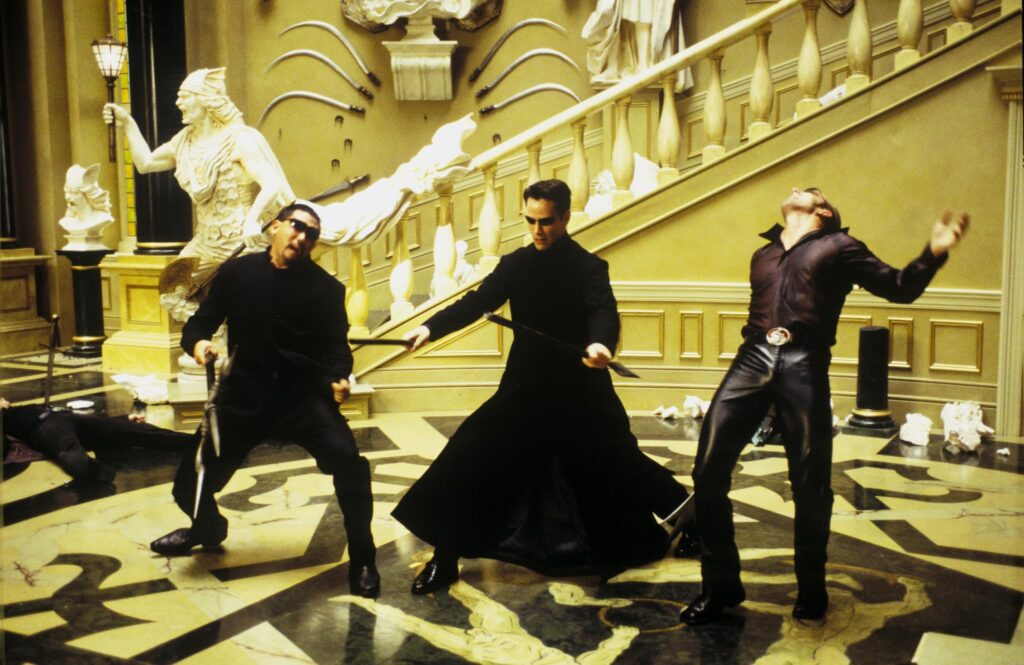
“The Matrix Reloaded,” the sequel to the groundbreaking “The Matrix,” expands on the original’s visual innovations with its high-octane action sequences and revolutionary special effects. The film’s use of “bullet time” photography and its complex, digitally enhanced fight scenes set new standards for visual effects in cinema. Its depiction of the virtual reality world of the Matrix is both visually arresting and conceptually intriguing, blending philosophical themes with cutting-edge technology to create a visually mesmerizing experience.
The Lord of the Rings: The Return of the King (2003)
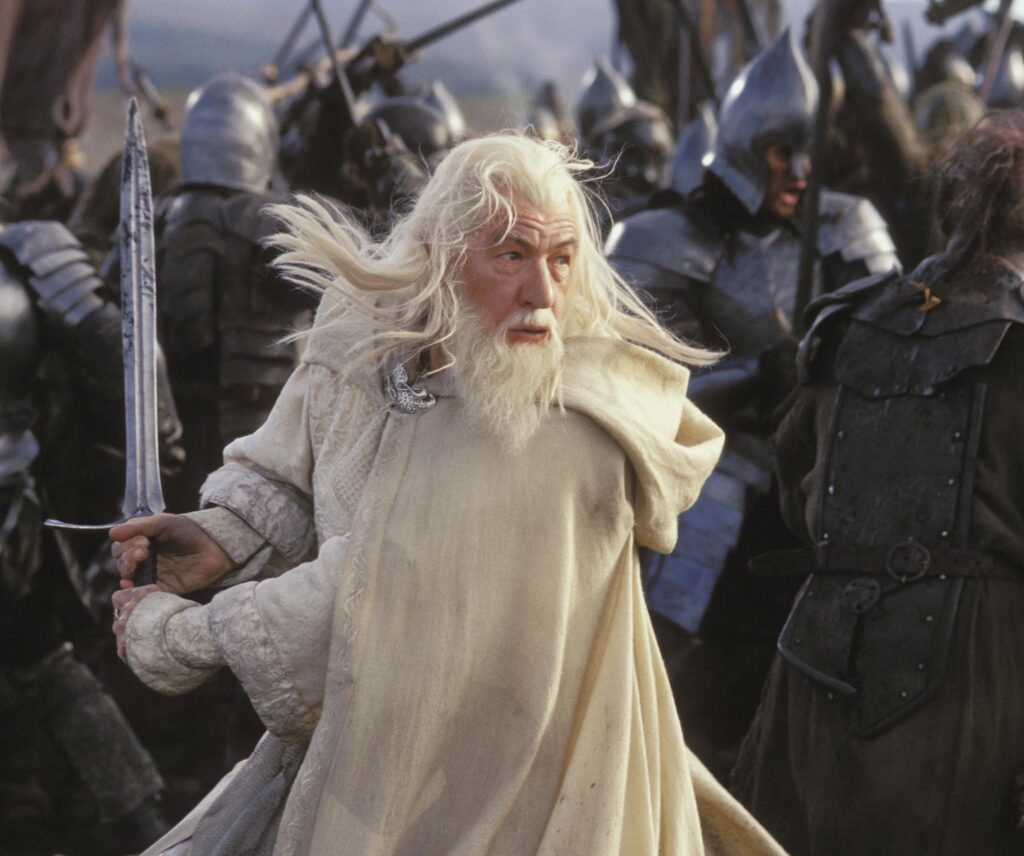
Peter Jackson’s conclusion to “The Lord of the Rings” trilogy, “The Return of the King,” is a visual and narrative epic. The film’s sweeping landscapes, massive battle scenes, and intricate set design contribute to a visually stunning portrayal of Middle-earth. The use of groundbreaking visual effects, particularly for the character of Gollum and the epic battles, showcases the trilogy’s commitment to visual storytelling. The film’s ability to blend practical effects with digital enhancements creates a timeless fantasy world that is both grand and detailed.
300 (2006)
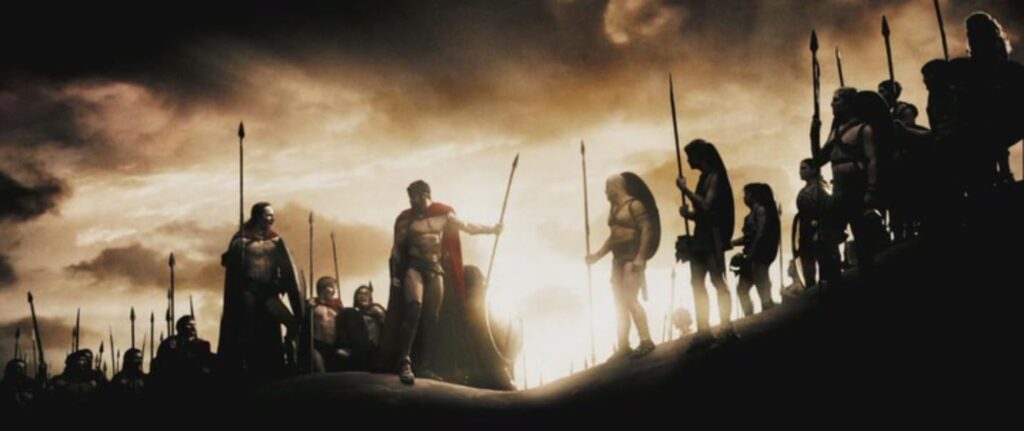
Zack Snyder’s “300” is known for its stylized visual approach, inspired by the graphic novel of the same name. The film’s unique aesthetic, characterized by its use of saturated colors, stark contrasts, and slow-motion action sequences, creates a visually arresting portrayal of the Battle of Thermopylae. The integration of CGI backgrounds and real-life actors in a highly stylized manner results in a visually dynamic and immersive experience, distinguishing “300” as a visually innovative film that blends art and cinema.
Interstellar (2014)
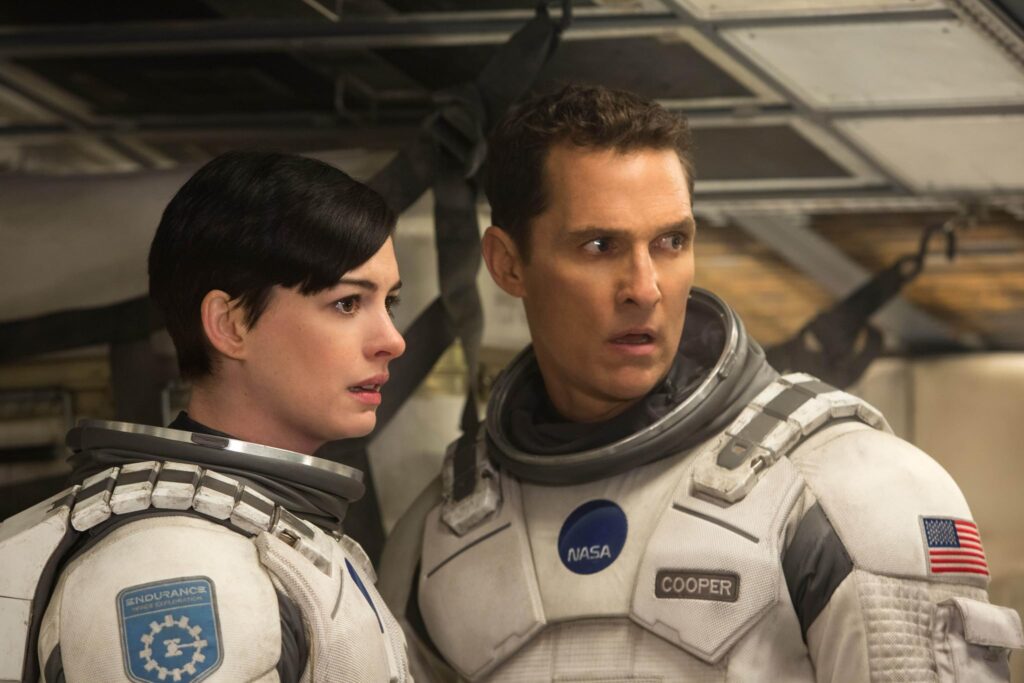
Directed by Christopher Nolan, “Interstellar” explores the vastness of space and the intimate nature of human connections against a backdrop of visually spectacular cosmic landscapes. The film’s use of practical effects, alongside CGI, to depict the mysteries of the universe, such as black holes and wormholes, is not only scientifically intriguing but also visually breathtaking. Its portrayal of space travel and distant planets offers a stunning visual feast, making it a masterpiece of visual storytelling in science fiction.
Life of Pi (2012)
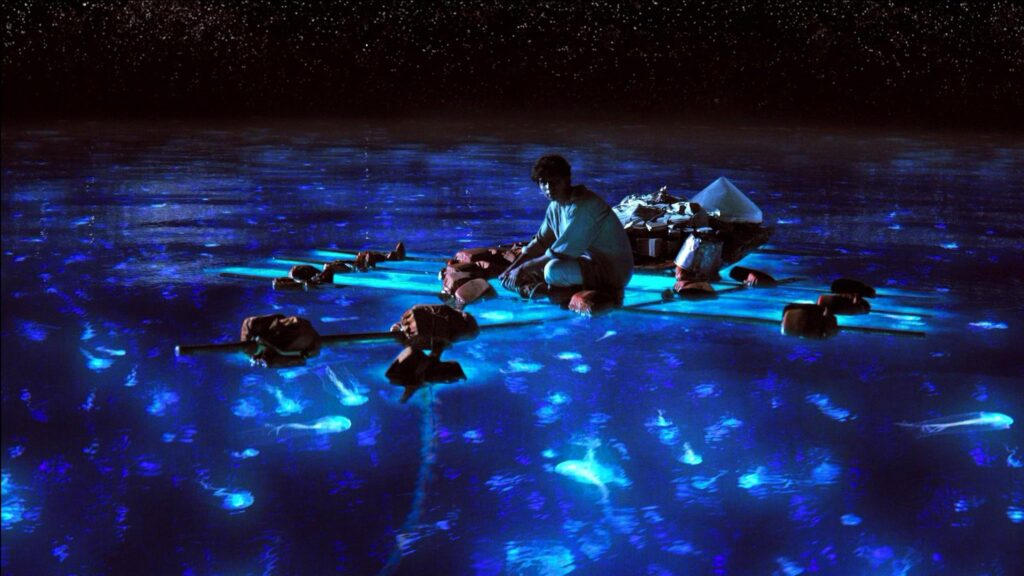
Ang Lee’s “Life of Pi” is a visual marvel that tells the story of a young man’s survival at sea with a Bengal tiger. The film’s use of 3D technology enhances its visual storytelling, creating a mesmerizing and immersive experience. The ocean’s vastness and the sky’s ever-changing palette, combined with the photorealistic CGI tiger, contribute to the film’s reputation as a visually stunning exploration of faith, survival, and the power of storytelling. This article originally appeared on UnifyCosmos.
More from UnifyCosmos
22 Iconic Books Everyone Should Read in Their Lifetime
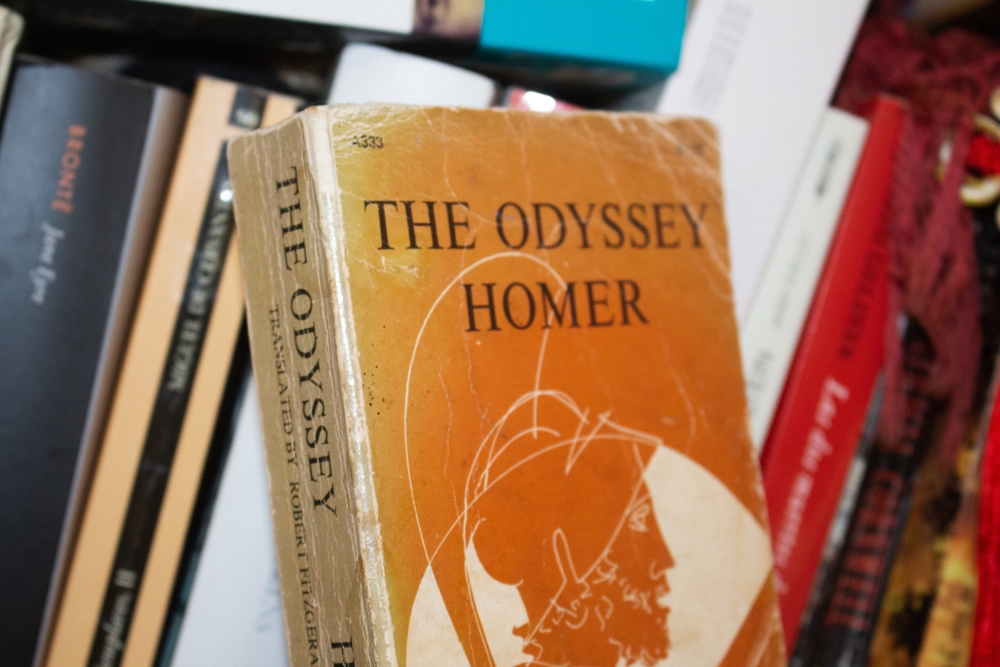
16 Useful Kitchen Gadgets Worth Wishing For

15 Best Motivational Book Quotes
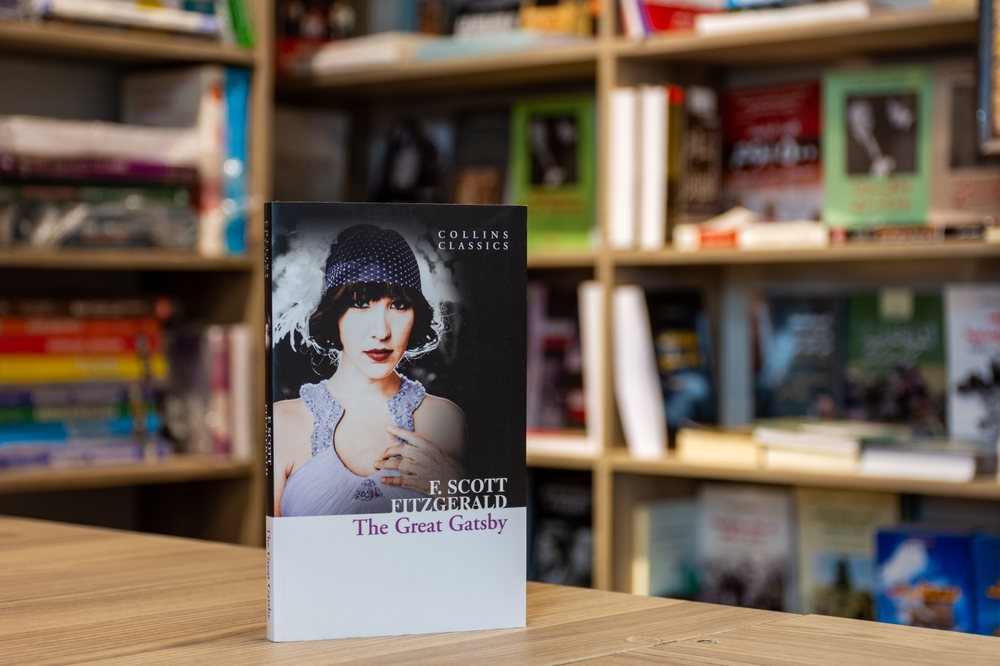
Leave a Reply